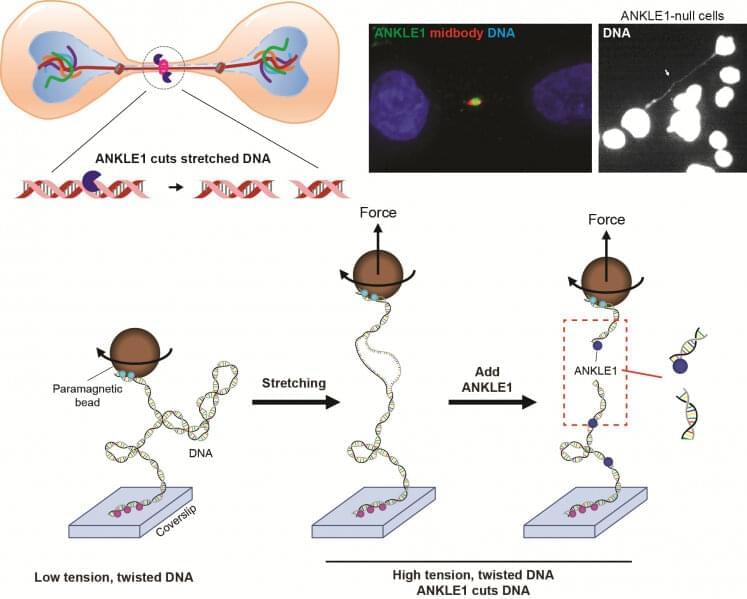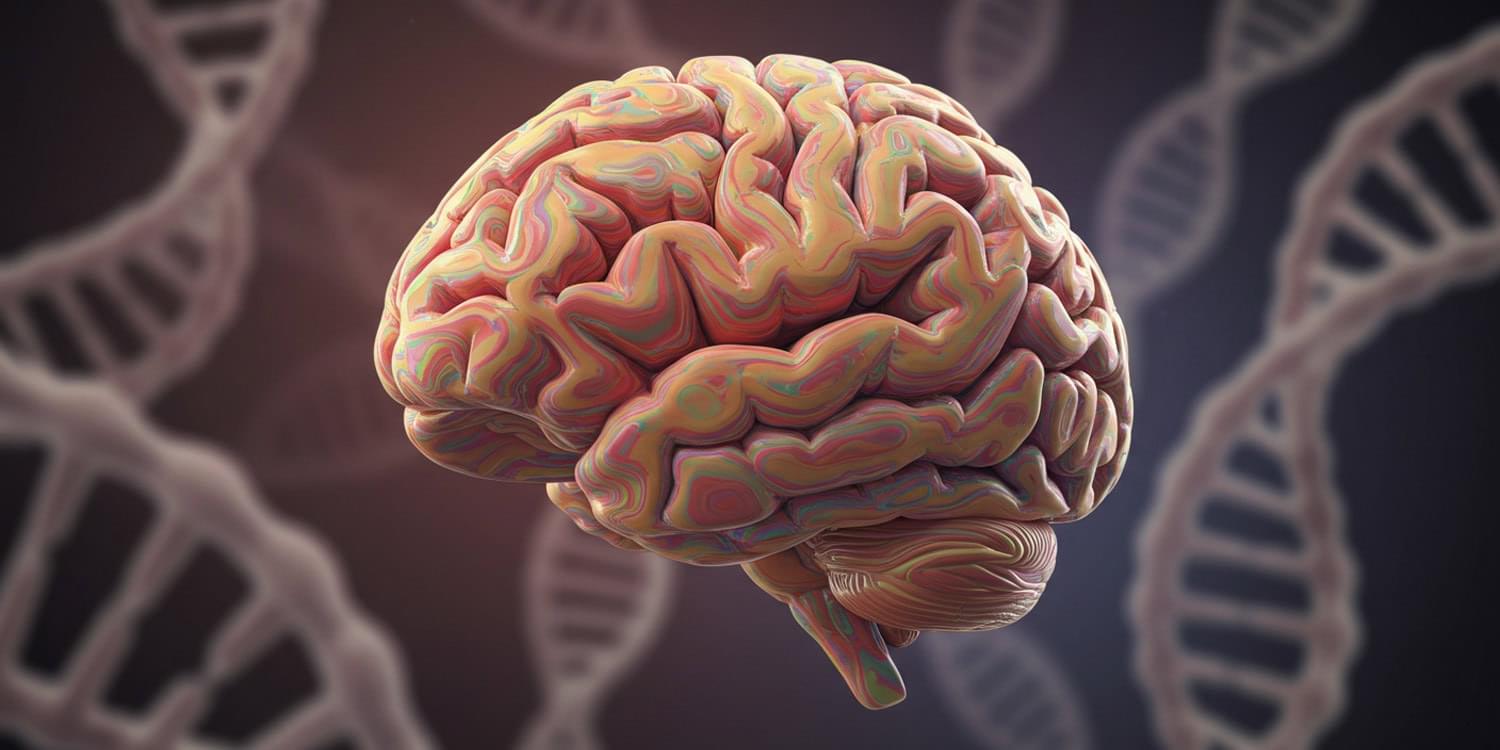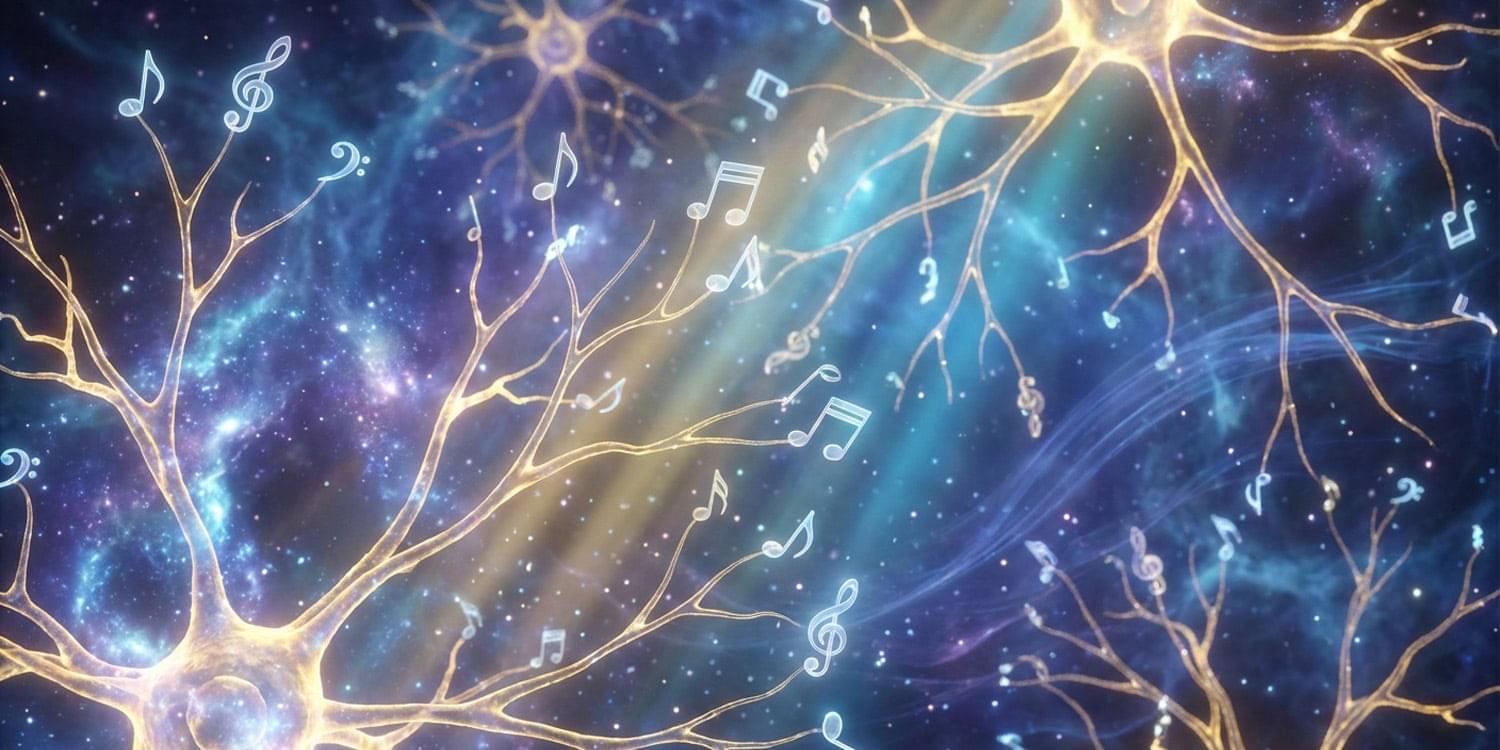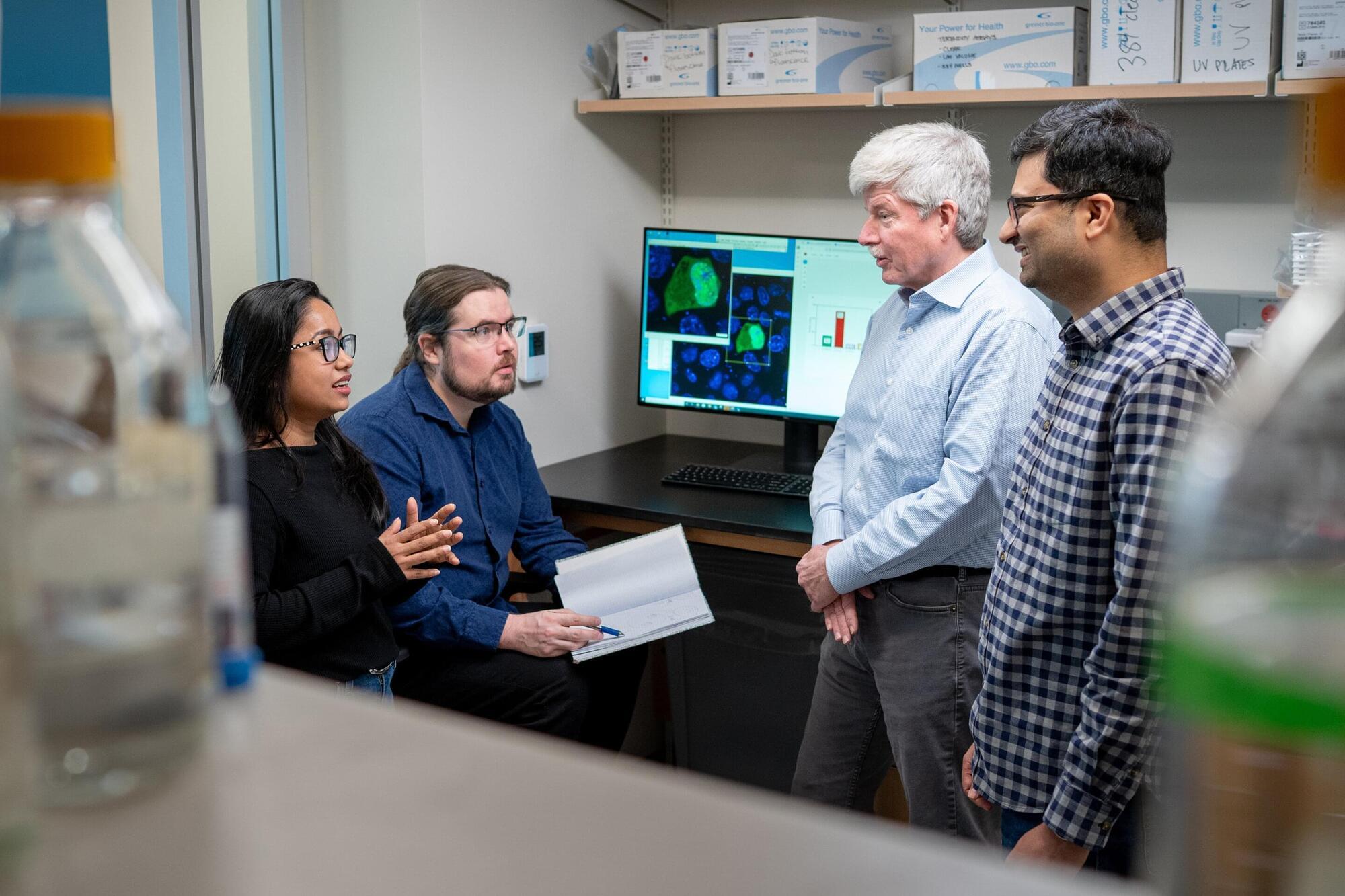A new study proposes that autism arises when genetic vulnerability, an early environmental trigger, and prolonged activation of the cellular stress response align during critical developmental windows.



An international research team has identified a human protein, ANKLE1, as the first DNA-cutting enzyme (nuclease) in mammals capable of detecting and responding to physical tension in DNA. This “tension-sensing” mechanism plays a vital role in maintaining genetic integrity during cell division—a process that, when disrupted, can lead to cancer and other serious diseases.
The study, titled “ANKLE1 processes chromatin bridges by cleaving mechanically stressed DNA,” published in Nature Communications, represents a major advance in the understanding of cellular DNA protection.
The research was conducted through a cross-disciplinary collaboration between Professor Gary Ying Wai Chan’s laboratory at the School of Biological Sciences, The University of Hong Kong (HKU) and Dr. Artem Efremov’s biophysics team at Shenzhen Bay Laboratory (SZBL), with additional contributions from researchers at the Hong Kong University of Science and Technology (HKUST) and the Francis Crick Institute in London.

A single-dose gene replacement therapy is found to improve movement ability in children over 2 years of age and teenagers with spinal muscular atrophy, according to research published in Nature Medicine. The results of this phase 3 clinical trial, involving 126 children and adolescents, could support an alternative to lifelong, repeat-dose treatments for people living with spinal atrophy beyond the age of 2 years.
Spinal muscular atrophy is a rare genetic condition that causes muscle weakness and loss of movement over time. It develops because the body cannot make enough of a protein, called survival motor neuron, needed for healthy nerve cells.
Onasemnogene abeparvovec is a gene therapy that restores production of this missing protein in a single treatment. However, it is currently approved in the U.S. and Europe only as a single intravenous treatment for children under 2 years of age. Therefore, those older than 2 years of age can receive treatments only to slow the disease, and these must be taken regularly, either by injection or orally.

We’ve been looking at bacteria for a few centuries now, so how do we categorize them? We love to classify things and put them in groups, so how does that work for bacteria? Well let’s learn about Gram-staining, antigens, other phenotypic and genotypic properties, and we will be well on our way to understanding this process!
Script by Kellie Vinal.
Watch the whole Microbiology playlist: http://bit.ly/ProfDaveMicrobio.
General Chemistry Tutorials: http://bit.ly/ProfDaveGenChem.
Organic Chemistry Tutorials: http://bit.ly/ProfDaveOrgChem.
Biochemistry Tutorials: http://bit.ly/ProfDaveBiochem.
Biology/Genetics Tutorials: http://bit.ly/ProfDaveBio.
Anatomy & Physiology Tutorials: http://bit.ly/ProfDaveAnatPhys.
Biopsychology Tutorials: http://bit.ly/ProfDaveBiopsych.
Immunology Tutorials: http://bit.ly/ProfDaveImmuno.
History of Drugs Videos: http://bit.ly/ProfDaveHistoryDrugs.
EMAIL► [email protected].
PATREON► / professordaveexplains.
Check out \.
Join us on Patreon! https://www.patreon.com/MichaelLustgartenPhD
Discount Links/Affiliates:
Blood testing (where I get the majority of my labs): https://www.ultalabtests.com/partners/michaellustgarten.
At-Home Metabolomics: https://www.iollo.com?ref=michael-lustgarten.
Use Code: CONQUERAGING At Checkout.
Clearly Filtered Water Filter: https://get.aspr.app/SHoPY
Epigenetic, Telomere Testing: https://trudiagnostic.com/?irclickid=U-s3Ii2r7xyIU-LSYLyQdQ6…M0&irgwc=1
Use Code: CONQUERAGING
NAD+ Quantification: https://www.jinfiniti.com/intracellular-nad-test/



A gene that turns on very early in embryonic development could be key to the formation of the placenta, which provides the developing fetus with what it needs to thrive during gestation.
The placenta provides all of the nutrition, oxygen and antibodies that a developing human fetus needs to thrive throughout gestation. The temporary organ begins to form within six to 12 days after conception, just as the embryo implants itself in the lining of the uterus. Failure of the placenta to form correctly is the second leading cause of miscarriage during early pregnancy, after genetic abnormalities of the fetus that are incompatible with life.
However, the initial stages of placental formation have remained a mystery due to ethical considerations and technical constraints on studying the process in humans.

Fusion oncoproteins arise when a gene fuses with another gene and acquires new abilities. Such abilities can include the formation of biomolecular condensates, “droplets” of concentrated proteins, DNA or RNA.
The abnormal molecular condensates formed by fusion oncoproteins can disrupt cellular functions and drive cancer development, but the specific protein features behind this process remain unclear.
Scientists at St. Jude Children’s Research Hospital studied intrinsically disordered regions, unstructured protein segments that are often involved in condensate formation, to determine if they drive fusion oncoproteins to form condensates. They trained a machine learning model, called IDR-Puncta ML, with experimental data from intrinsically disordered regions in fusion oncoproteins to predict the behavior of other such regions.